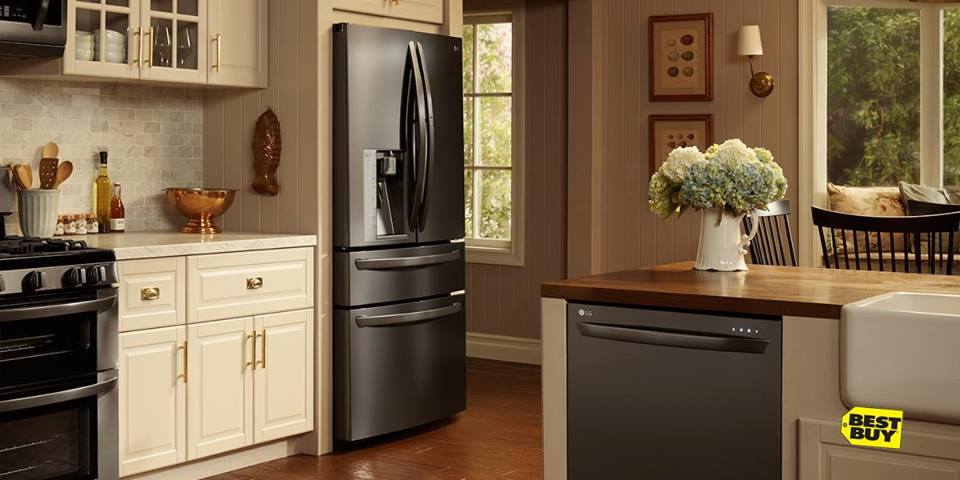UNITED STATES—Home appliances were once lauded as being some of the most dependable purchases you could make. They would last for well over a decade, and would nearly never require repairs or replacement. Now, however, this isn’t the case. Most appliances last a maximum of 10 years, with some only lasting 3-4. Some appliances last longer than others; those with moving parts or that process a significant amount of water like washers, dryers, and dishwashers tend to less a fraction of the length of time they once did. Consumers are now having to accustom themselves to the concept of having to purchase multiple appliances over the course of their life.
Why is This the Case?
Appliances that are being created now don’t last as long as the used to for several reasons. First, many complicated machines with several moving parts are experiencing production outsourcing. Large appliance companies are outsourcing the production of some of the components in these machines, even if not all of them, to less expensive third-party companies. The reasons for this are clear – energy efficient appliances with high-tech features are expensive to produce. Any cost saving measures that can be taken will be taken.
Additionally, appliance manufacturers are struggling to keep up with the constantly changing demands of consumers. As technology becomes more efficient certain aspects of purchasable products are expected. Consumers want their products to be lightweight, compact, and stylishly fashioned. Appliance manufacturers are unable to meet these buying requirements to stay current while still building old-fashioned, hearty machines. The new components they use are inherently more delicate, and their lightweight nature makes them more breakable. However, just because this new generation of home appliances may have shorter lifespans doesn’t mean that they’re all bad. In fact, they have many upsides.
The Benefits of New Appliances
It’s true that home appliances aren’t being built the way that they once were. They’re lighter weight, and generally have more streamlined designs. They’re also much more energy efficient. For example, a run-of-the-mill washing machine once used 35-50 gallons of water per load of laundry. Now, however, they use a mere 12-15 gallons per load of laundry. This not only is efficient as far as limiting water usage and going green, but it’s also incredibly cost effective.
In addition to being high efficiency when it comes to energy and water use, this new generation of appliances are much more affordable than they once were. When consumers used to purchase appliances, each one would almost cost a full paycheck. It was very expensive, and they were expected to last forever in return. However, the purchase decision was never taken lightly due to the high price. Now, though, things are much different. A comparable appliance made today might cost a third of your paycheck and, despite lasting for a shorter period, it’s more efficient build is likely to save you money in the long run.
Because of this lower upfront cost, more and more people are choosing to purchase a new appliance when a component breaks rather than getting it fixed. Still, you do have additional options. Should your appliance break, you can always seek out advice online on how to fix different components yourself. When the new appliances cost just a fraction more than spending the time and money on a replacement component, most people don’t take this do-it-yourself route.
How Can You Protect Yourself Against an Appliance’s Short Lifespan?
Just because home appliances aren’t built like they were in the 1960’s doesn’t mean you can’t get more life out of them. In many cases, you don’t even have to go the do-it-yourself route, either, which can be frustrating, expensive, time consuming, and results aren’t guaranteed. Instead, consider a home warranty as an option. Many home warranties specifically cover appliances, and most them are incredibly affordable. For an average of $30-40 a month you could get coverage for all or most of the appliances in your home. This would dramatically reduce any expensive repair or replacement costs you’d face should an appliance, or a component, break.
In fact, home warranties very well may be the most cost effective option when you purchase new appliances for your home today. If you break down the cost analysis, new appliances cost in the $250-500 range, depending on the type of appliance, brand, and features you select. An average repair cost could be almost as much, between $100-250 depending on what needs repairing. Instead of taking the traditional route of purchasing a new appliance, you could pay a small fee for a home warranty each month.
Then a nominal service fee, usually of less than $100, to have your appliance repaired. Now your appliance will likely last much longer than the average life expectancy prescribed to new appliances today. This solution would greatly lengthen the lifespan of your appliances and decrease the overall costs, and is something homeowners should consider.
Home warranties could be a tad tricky though. It’s difficult to decipher what kind of appliances are covered, and which companies are honest and actually going to handle you in an appropriate manner. For your convenience here is a complete list of such companies which accept clients from California.






